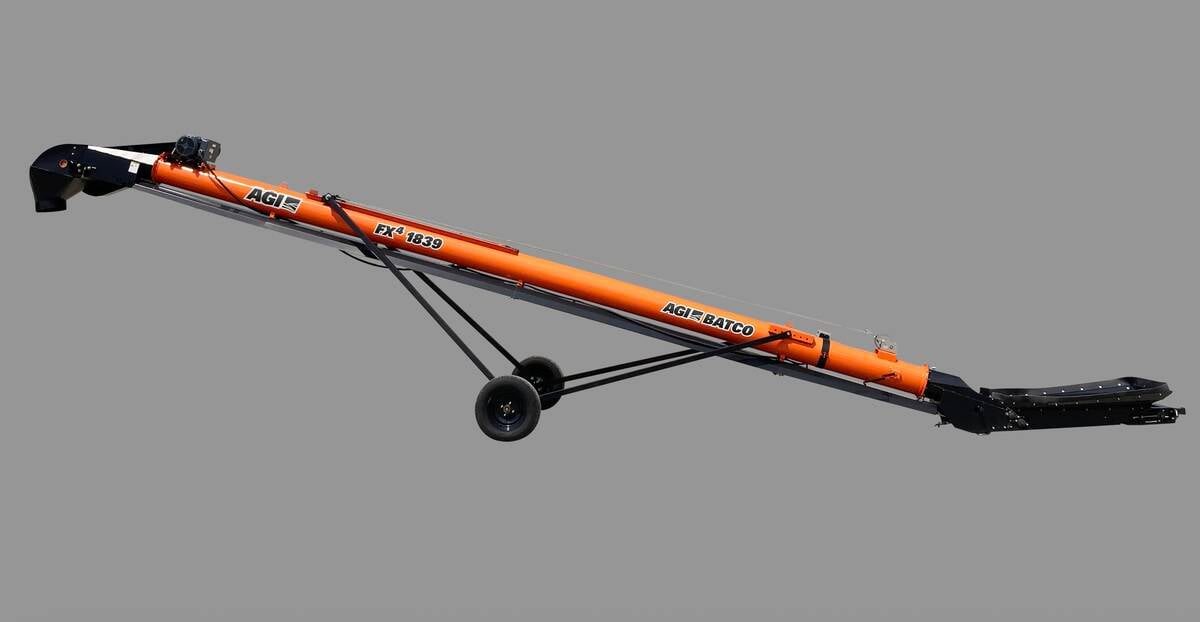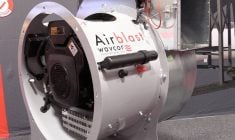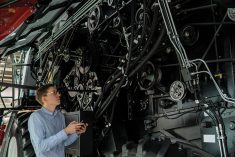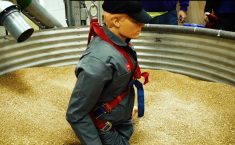It’s often said that an organization’s culture starts at the top.
And that trickle-down effect is particularly important when it comes to creating a culture of safety, says Don MacDonald, vice-president of operations at G3.
“Safety is cultural. It has to be. That safety environment starts right at the top in our organization. It’s embedded in all of our operations. Because if we haven’t bought into the safety culture, others will not either. That’s why it always has to start at the top,” he says.
Read Also

AGI rolls out two new high-throughput grain conveyors
For grain growers needing to move a lot of bushels quickly, AGI offers two new high-throughput conveyors: the gas-over-hydraulic FX4 SP, and the top-drive electric FX4 18S.
That focus on safety certainly isn’t new for the grain handling company. MacDonald notes that safety has been a pivotal focus for G3 since the organization was formed in 2015, which involved reviewing and harmonizing various procedures.
“When G3 was formed, there were multiple companies coming together and each had their own procedures. So, in the first year, the No. 1 thing we did right away was to make sure that we harmonized all of our safety policies and procedures across the whole organization,” says MacDonald, adding that ongoing audits are regularly conducted to ensure there are no gaps in safety policies and procedures.
“Safety was the first element that we made sure to get everyone on the same page about. We now have everyone operating the same way, using the same equipment, with the same metrics.”
In fact, that commitment to safety extends even beyond the organization’s own grain handling facilities, with G3 being a top sponsor of the Canadian Agricultural Safety Association’s BeGrainSafe program. The BeGrainSafe program raises awareness about the risks of grain entrapment and trains rural first responders on how to rescue someone trapped in grain.
“We very much recognize the high risk of grain entrapment for farm families and workers, which is why we are so invested with the BeGrainSafe program. We want to play a role in ensuring the safety of everyone involved in the grain industry,” explains MacDonald. “Coming from a farm, I’ve seen first-hand the dangers surrounding grain. So, I’ve always been very supportive of the (BeGrainSafe) program because of those entrapment issues, which unfortunately often do end in a fatality.”
Though grain entrapment may not be a danger for workers at G3’s grain elevators, there are tasks, as with any workplace, with critical safety considerations, most notably working on top of train cars. With stringent fall restraint protocols in place, MacDonald says the organization has a zero-tolerance policy when it comes to not adhering to safety procedures.
“When people realize there are certain areas where if they do something that doesn’t follow our safety policies their employment could be terminated, it does encourage people to operate safely,” MacDonald explains.
A crucial aspect of fostering a culture of safety is often attributed to being proactive rather than strictly reactive with safety measures. For G3, that means ensuring safety components are captured while conceptualizing new site plans.
One example is that to avoid interaction between foot traffic and moving vehicles, once a truck is parked on a facility’s pad to unload grain, it does not move again until it’s time to leave.
“Our facilities are designed to keep moving trucks away from anywhere there is foot traffic. Once a truck is stopped, the brakes are on, and the driver is out of truck, only then do our people go out to the driveway,” MacDonald explains.
“And because we move trucks so quickly, we have relatively short lineups at our elevators. One potential safety issue in rural areas is having trucks backed up and parked on the shoulder of roads, which can cause significant traffic issues, particularly if the road is a main corridor. Learning from past experiences has taught us that even the smallest things can make a substantial difference.”
What’s more, the design of G3’s locations using a loop train track has significant safety advantages for railroaders. That’s because the design means no one is ever beside a train when it’s moving, and rail cars don’t need to be detached onto ladder tracks as part of the process.
“We’re creating a situation that’s safer for the railroaders, safer for the truckers, safer for the farmers, safer for the surrounding traffic, and, of course, safer for our staff.”
While there are endless articles online about how to get people to “buy into” a company’s culture, MacDonald explains that having a safety culture embedded across all aspects of the operation and making expectations clear from the start means that staff at G3’s facilities are the ones who are ultimately helping to reinforce that culture.
“When people join us, we make it very clear that safety isn’t something we want them to do, it’s something we want them to want to do. We’re not doing this for you, you’re doing this for yourself,” he says.
“Our goal, at the end of the day, is to make sure that everyone goes home to their family safe. That’s what matters most.”















